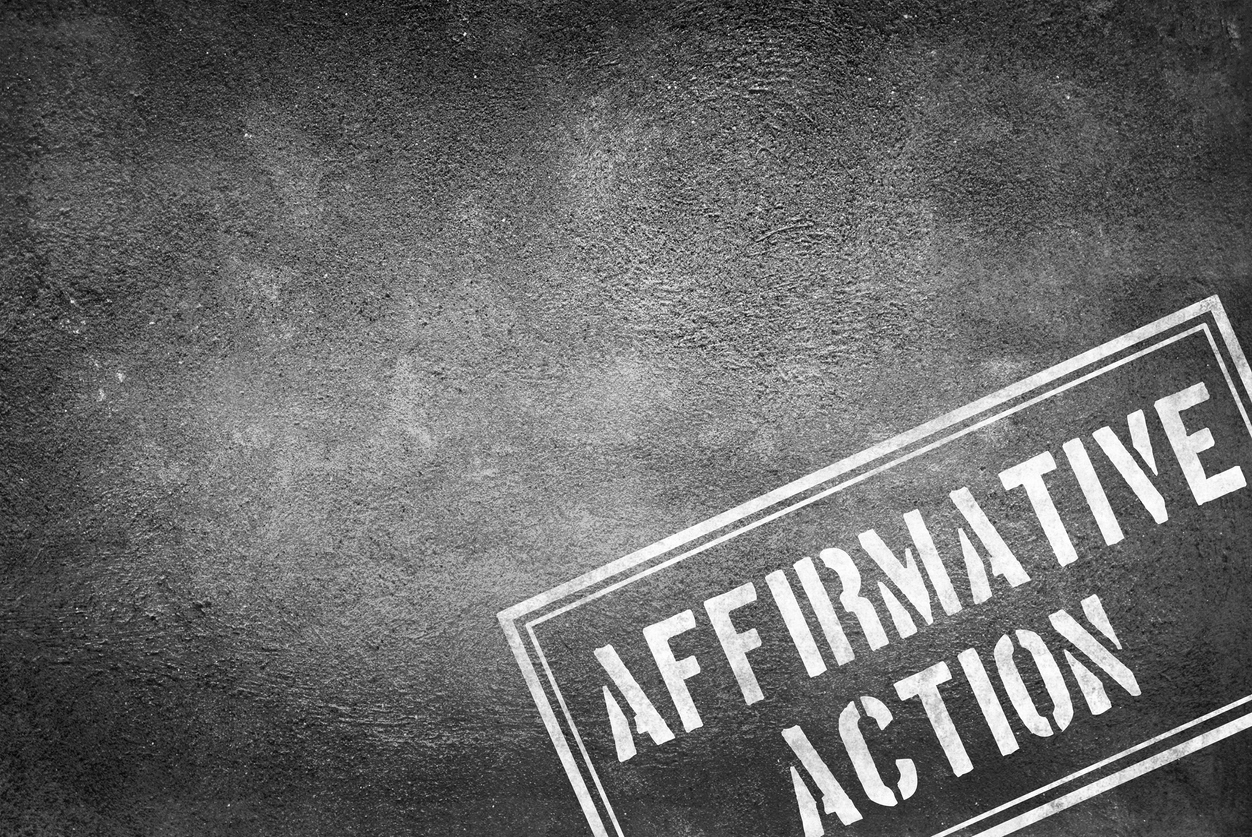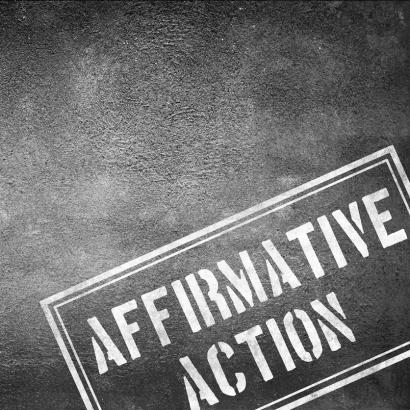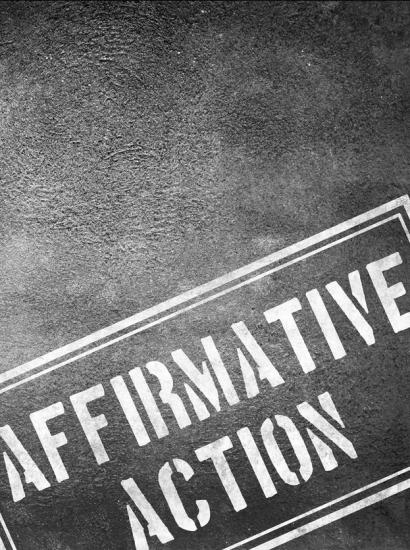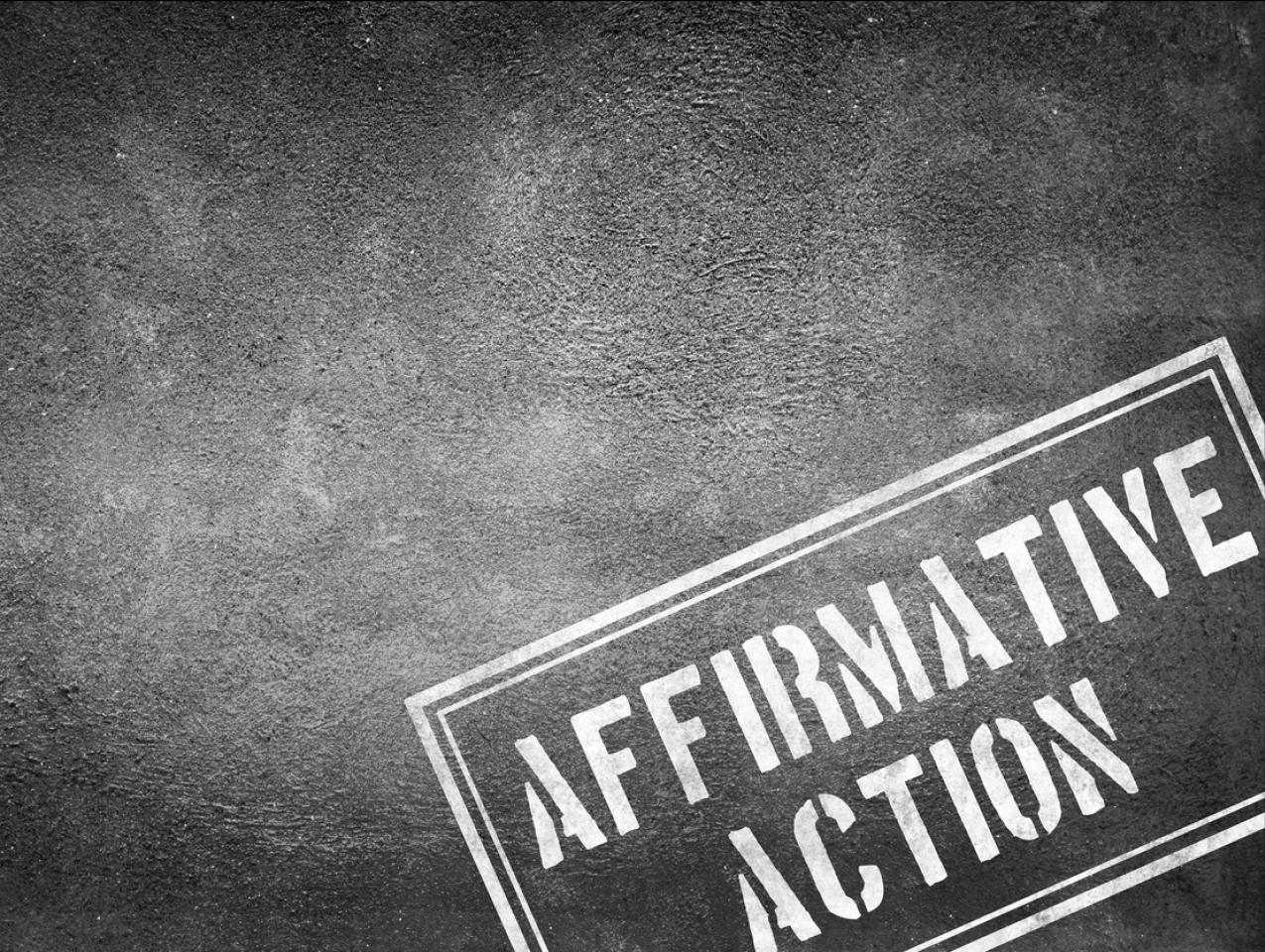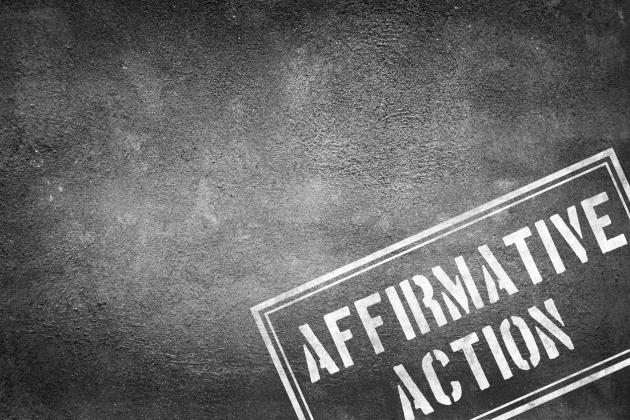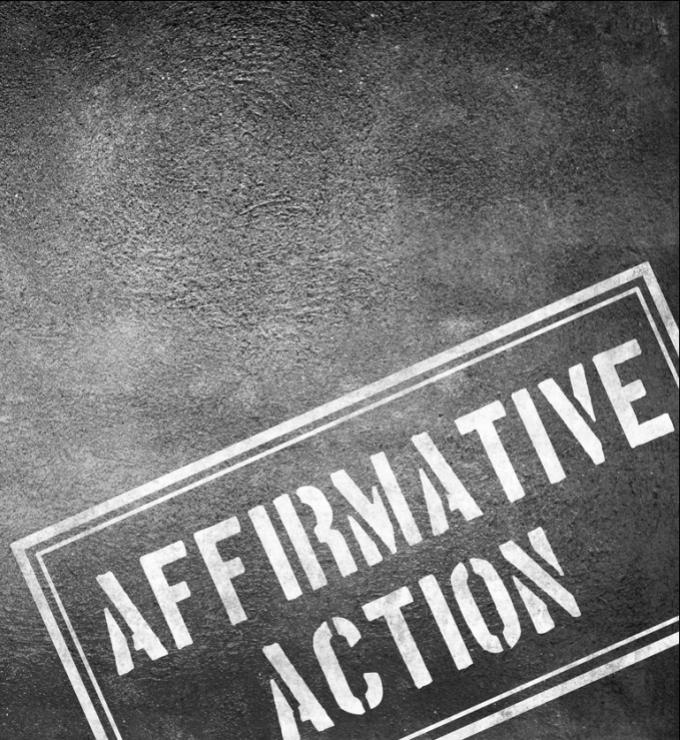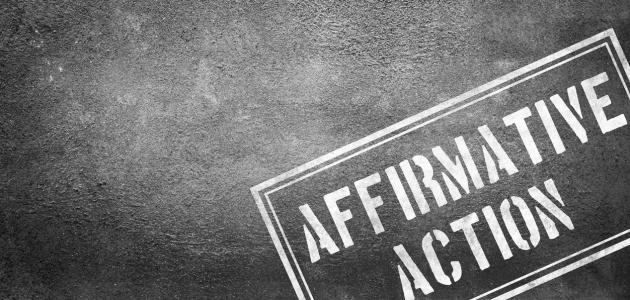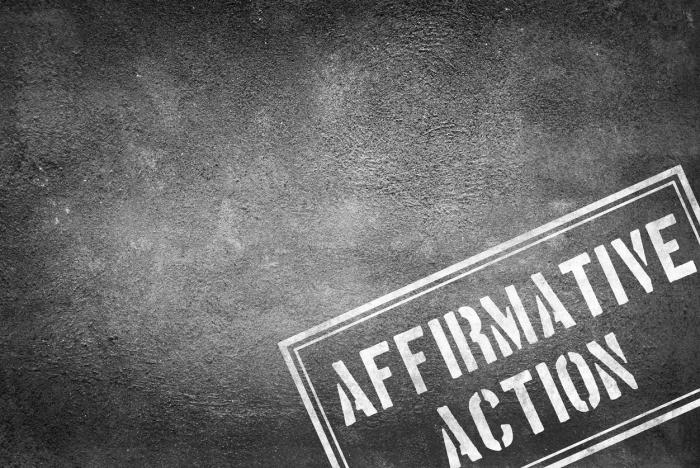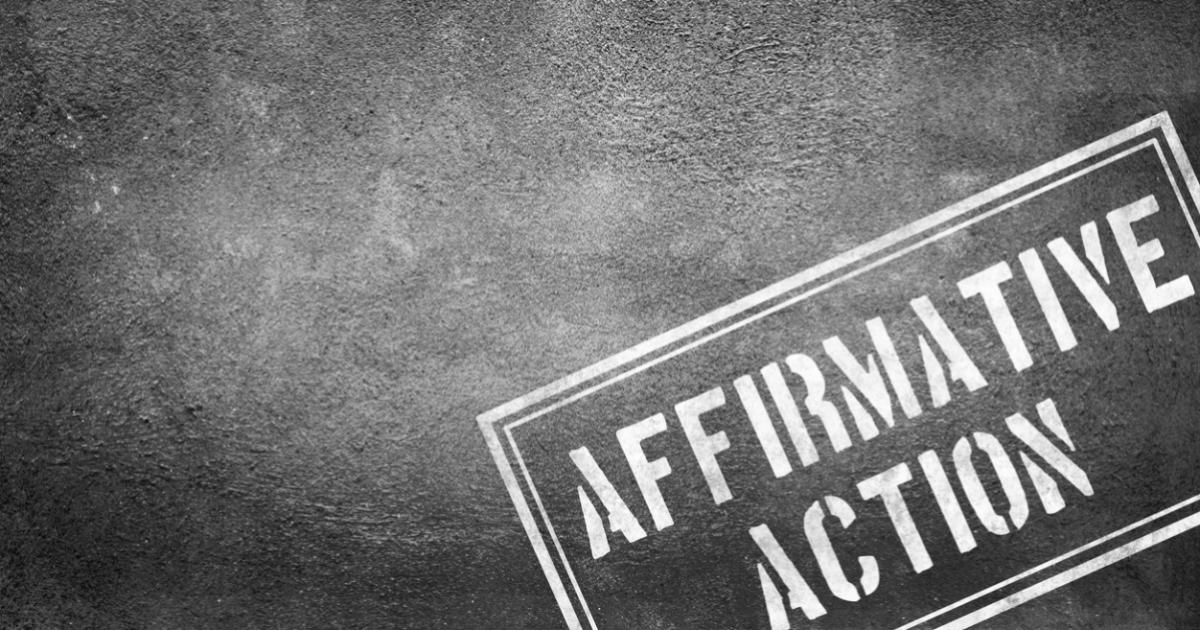- Civil Rights & Race
Today, virtually all universities and colleges are on tenterhooks, anticipating that the Supreme Court in the twin cases of Students for Fair Admissions v. Harvard and Students for Fair Admissions v. University of North Carolina will likely ban modern affirmative action programs, often championed under the banner of “diversity, equity, and inclusion” (DEI). I regard the current posture of the debate as most unfortunate because it tends to push admissions practices to one extreme or the other.
To be sure, we could give precise content to a colorblind standard of university admissions: race cannot be counted, period. But that unitary description cannot carry over to affirmative action programs, which come in all sizes and shapes. The more sensible affirmative action programs do not mount a full-scale assault on traditional notions of academic excellence. Instead, these programs give great weight to traditional metrics of standardized tests and high school or college GPAs, and seek to implement modest affirmative action, usually by adding some weight to the scores or grades of minority applicants in order to boost their representation on campus. These programs recognize that adjusting applications for race at all involves some compromise between classical conceptions of individual excellence and merit and the belief (widely shared throughout institutions of higher education and business) that a diverse student body helps all students better prepare for work and life in an ever-more-diverse society.
In my view, a program with these modest assumptions would run into little opposition today. But modern DEI principles grossly exceed these bounds in also seeking to transform the inner culture of universities through programs that demand a rigid ideological loyalty to a progressive or even socialist agenda—an agenda that would require major societal transformation antithetical to traditional values of individual liberty and freedom of expression.
The ideological imperative was on full display in the recent fiasco involving Circuit Court Judge Kyle Duncan during his visit to Stanford University. Judge Duncan was shouted down by Stanford Law students during his guest appearance with the student chapter of the Federalist Society. The protesting students (and the DEI dean, Tirien Steinbach, who joined their ranks) deemed unacceptable—even “harmful”—Duncan’s 2020 opinion that denied the motion of a federal prisoner, Norman Varner, to be addressed with female pronouns. The Stanford Law hecklers blocked Duncan’s talk on an unrelated topic in its entirety.
Evidently, the current campus climate rejects both dialogue and modest middle-ground positions. Colleges and universities, both large and small, now offer aggressive, interchangeable rationales to justify both DEI and affirmative action programs. If society is forced to choose one extreme or the other on such controversial issues, even a strict colorblind policy would be preferable to the DEI movement’s cultural hegemony.
Here is an example of a dubious defense by one small school, Columbia College in Missouri, which begins strategically with this quotation from J. C. Watts Jr., a black former Republican congressman and former college and professional football player:
“Affirmative action is a little like the professional football draft. The NFL awards its No. 1 draft choices to the lowest-ranked team in the league. It doesn’t do this out of compassion or guilt. It’s done for mutual survival. They understand that a league can only be as strong as its weakest team.”
This analogy is a mess. The football draft arises in the distinct context of a competitive sports league where balance among teams is necessary to create the kind of uncertainty in play that brings fans to watch sporting events, where, as the phrase goes, any team can beat any other “on any given Sunday.” The success of each team is, in the long run, dependent on the closeness of their games. Routs turn away crowds, such that coordinated action (that meets antitrust requirements) is needed for all teams to prosper by creating parity in athletic contests. Universities do not compete like that in admissions (and where they do in athletics, similar equalization requirements—e.g., scholarship limitations—are imposed to secure balance).
Even if taken at its word, the Watts quotation supports affirmative action only for weaker schools and not for the elite institutions that also defend affirmative action.
Thus, further explanation is needed to explain how DEI and affirmative action might advance some important institutional or social ends. The Columbia College statement invokes a mishmash of ad hoc rationales to that end. For instance, it claims that “colorblind policies often put racial minorities at a disadvantage” by “protect[ing] senior employees or legacy students” who are majority white. But those two decisions are wholly independent: it is possible to eliminate preferences for key employees and legacy students while keeping the original colorblind policy. That policy was historically introduced to eliminate the influence of embedded racial or ethnic preferences on admissions that disadvantaged students from disfavored groups (Jews, and Asians at various times). Not today. Indeed, recent moves by many colleges and universities to eliminate standardized test requirements for prospective undergraduate students are best understood as increasing the administrative options for covert affirmative action, should the Supreme Court rule against Harvard and UNC.
Worse still, the Missouri college conceptualizes affirmative action as “addressing systematic barriers, inequities, and their solutions,” without clarifying what this means, other than offering broad claims of racial bias in banking, lending, and hiring. Its statement also includes the ridiculous directive that defenders of affirmative action should “avoid using framing devices around hard work and individual merit.” The ostensible purpose of this sentiment is to allow individuals to abdicate responsibility for their own unhappy positions by blaming other individuals or abstract notions of “systemic injustice.”
Such ready-made excuses are the sure road to individual failure. No one thinks that any person, rich or poor, can succeed without help in this world: just listen to the endless thank-yous at the Academy Awards broadcast. But at the same time, no one can succeed in any job without basic skills, motivation, and excellent work habits. These simple virtues are the time-honored way to achieve upward mobility and are, in the aggregate, far more effective than any DEI program that fails to hold minority students and workers accountable for their own preparation, qualifications, and actions.
The positions taken by Missouri’s Columbia College have also been taken by my alma mater, Columbia College of New York, whose President Lee Bollinger (along with my University of Chicago Law School colleague, Professor Geoffrey Stone) claimed in the Atlantic that “The End of Affirmative Action Would Be a Disaster.” Their article picks up a theme common to both Columbias, namely that “the discrimination experienced by black Americans over centuries has simply not been undone.” It is easy to point to powerful forms of discrimination before, say, 1965, such as systematic forms of disenfranchisement, segregation, and discrimination. But it takes a causal leap to attribute the differences in test scores and grades almost sixty years later to those earlier events. Since passage of the 1964 Civil Rights Act, the strict enforcement of the antidiscrimination norm in both education and employment has acted in favor of protected minority groups. That these groups benefit from extensive affirmative action programs has, sadly, made far less difference in reducing overall black/white achievement gaps than one might have hoped; as Bollinger and Stone quote the Economic Policy Institute as saying: “In 1968 blacks were just over half (56.0 percent) as likely as whites to have a college degree, a situation that is essentially the same today (54.2 percent).”
That observation is a double-edged sword. It suggests that extensive investments in affirmative action programs have failed to produce measurable improvements. As such, we must look to other causes, and solutions, for the persistent gap. What reason is there to think that the programs that have largely failed to help minority students achieve in the past are likely to work major social transformations today?
Further, any complete account of barriers and inequities must include the large number of progressive programs that predate the 1964 Act and continue in full force today. High minimum wage laws, for example, are a fixture in the progressive firmament that often imposes disproportionate burdens on black workers, given their weaker job credentials as a group. Much the same can be said about the adoption of the Railway Labor Act and the National Labor Relations Act, both of which forced black workers into unions dominated by white leadership. Even with judicial oversight, the leadership kept the best jobs for white members and gave the worst positions to their black members. It is also worth remembering that the relatively low level of enforcement of various labor statutes during the Trump administration benefited low income workers more than their wealthier colleagues, as Jason Riley has written, resulting in unprecedent levels of economic advancement for working-class black Americans. In addition, as the late Walter Williams stressed, the comparatively high level of illegitimate births in black families leads systematically to lower achievement, higher crime rates, and, consequently, decreased labor market success for black Americans born into single-parent households. Moreover, as noted by the Washington Post editorial board, the stout union and progressive resistance to voucher and other private educational programs from teachers’ unions and their progressive allies has consigned too many black students to horrific inner-city public schools. The strength of these claims can be contested, but they should not be ignored.
Arguments for affirmative action, such as those given by both Columbia Colleges, paint a picture in which antique, indefensible Jim Crow policies remain the source of today’s ills, while ignoring the multiple recent developments in law, social mores, and public policy that have done far more to shape the current position of black workers in the economic system. Nor do such arguments acknowledge the imperative that all people—young and old—take responsibility for their own lives. Without that sound work ethic, all affirmative programs will fail. With it, the need for such programs should sharply diminish.







